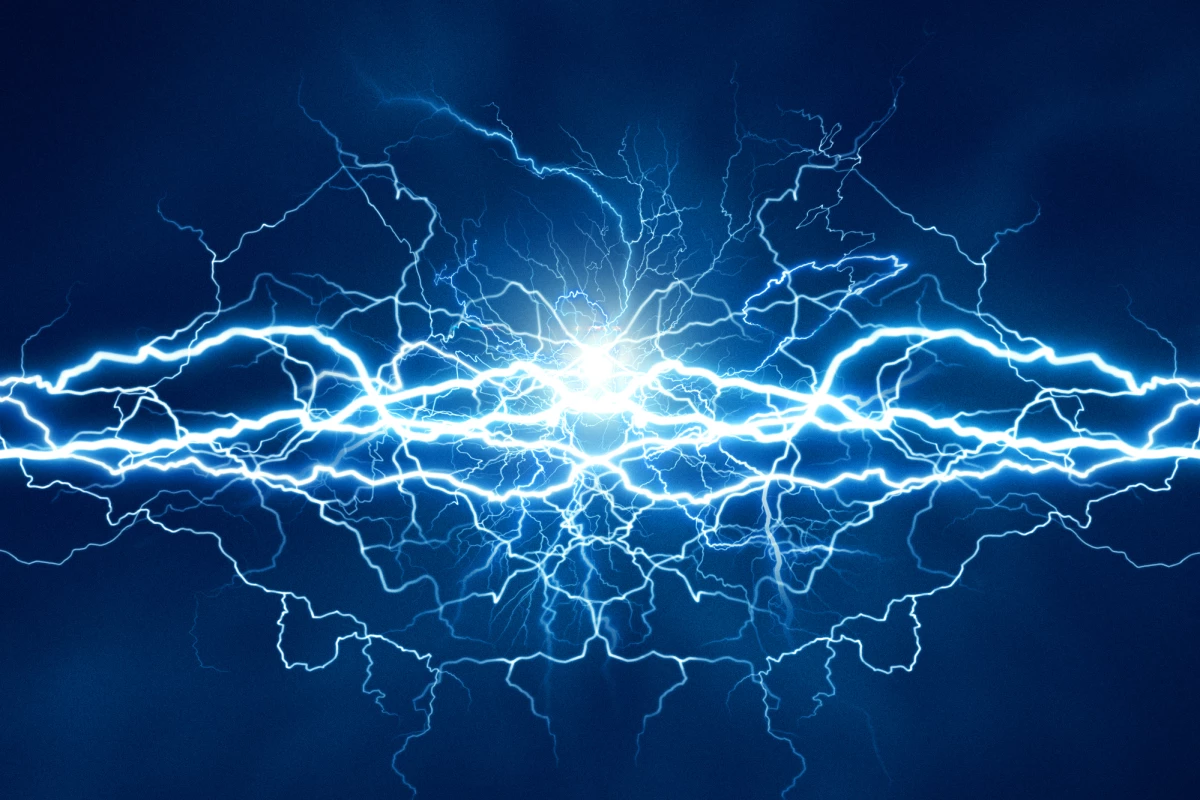Superconductors – materials in which electricity flows without any resistance whatsoever – could be extremely useful for future electronics. Now, engineers at the University of Tokyo have managed to create a superconductor out of a state of matter called a Bose-Einstein condensate (BEC) for the first time ever.
Sometimes called the fifth state of matter, behind the more commonly known solids, liquids, gases and plasmas, Bose-Einstein condensates are what happens when you cool a gas of bosons right down to almost the coldest temperature possible. Experiments have shown that at this point, quantum phenomena can be observed at the macro scale. Scientists have used BECs as a starting point to create exotic states of matter like supersolids, excitonium, quantum ball lightning, and fluids exhibiting negative mass.
“A BEC is a unique state of matter as it is not made from particles, but rather waves,” says Kozo Okazaki, lead author of the study. “As they cool down to near absolute zero, the atoms of certain materials become smeared out over space. This smearing increases until the atoms – now more like waves than particles – overlap, becoming indistinguishable from one another. The resulting matter behaves like it’s one single entity with new properties the preceding solid, liquid or gas states lacked.”
Now, in the new study the Tokyo researchers have shown superconductivity in a Bose-Einstein condensate – something that has never been verified in experiments before. The feat was achieved by making a BEC out of a cloud of iron and selenium atoms.
The key to the discovery came from an overlap with a similar form of matter, called a Bardeen-Cooper-Shrieffer (BCS) regime. Like BECs, BCS regimes are made by cooling clouds of atoms almost to absolute zero, but the difference here is that when they do, the atoms slow down and line up. That means electrons can pass through them more easily, enabling superconductivity.
The researchers on the new study were looking to see what happens during the transition between a BCS and a BEC, and if superconductivity was possible in BECs or whether it was limited to BCSs. The team used photoemission spectroscopy to watch how electrons behaved in the two materials, and sure enough they saw that there was some superconductivity in a BEC.
In practice, the discovery doesn’t have any direct applications for the general public, but deepening our understanding of the phenomenon can only help scientists create better superconductors in future. That in turn could lead to much faster and more efficient electronics.
“Demonstrating the superconductivity of BECs was a means to an end; we were really hoping to explore the overlap between BECs and BCSs,” says Okazaki. “It was extremely challenging but our unique apparatus and method of observation has verified it – there is a smooth transition between these regimes. And this hints at a more general underlying theory behind superconduction.”
The research was published in the journal Science Advances.
Source: University of Tokyo




